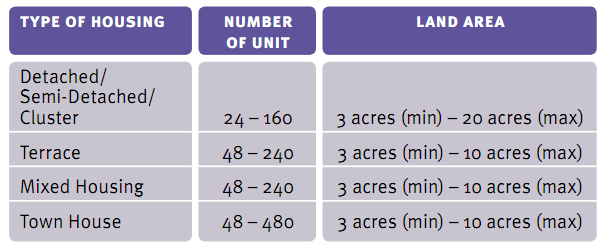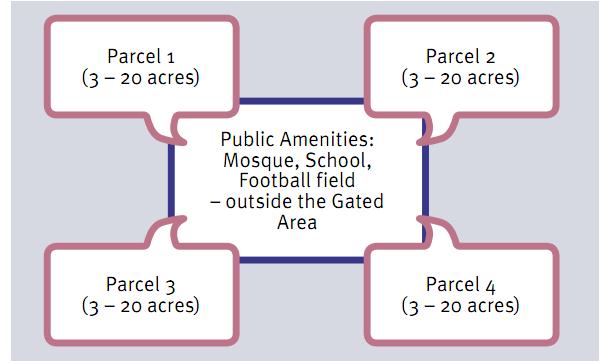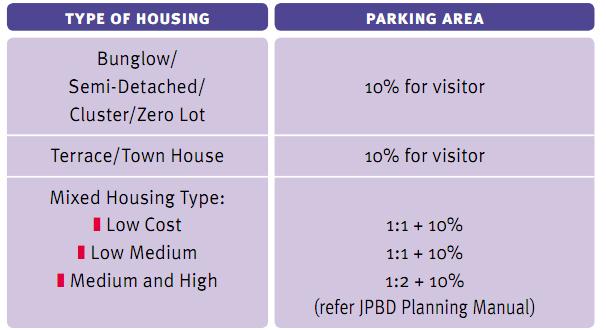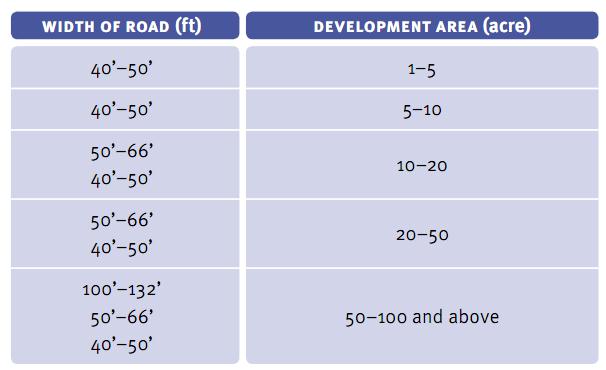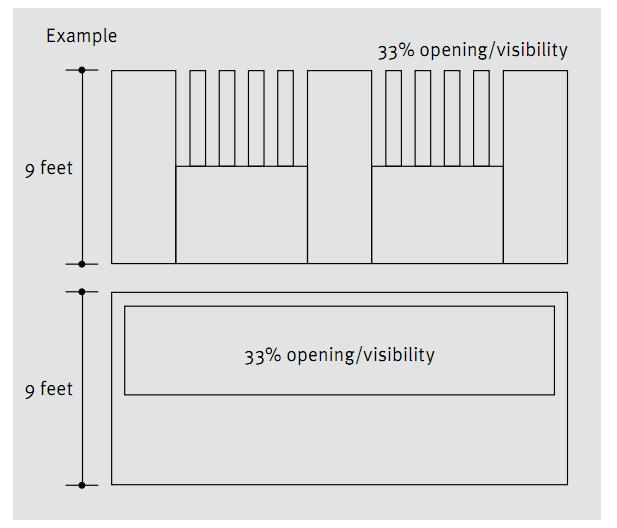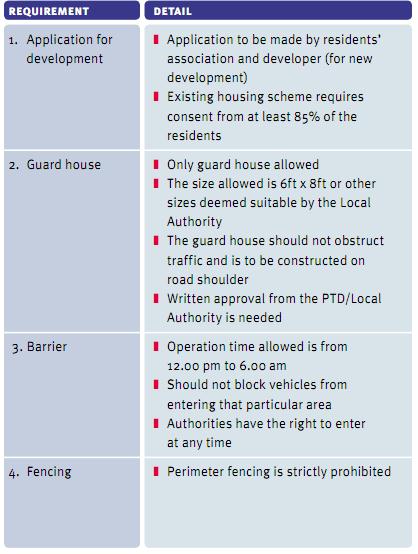A LOT HAS been said about how much it costs now to buy a house or an apartment.
For someone who is just starting out, or for a newly married couple looking to buy their first home, it can mean making a huge sacrifice elsewhere just so there is enough money for the down payment and then the monthly instalments on the home loan.
Many people have chosen to attribute the high cost of new properties to developers or, more precisely, the perceived penchant of builders to raise prices for every new project launched.
Rightly or wrongly, fairly or otherwise, developers do bear most of the brunt for the “high” prices of new properties.
But just like any other business people, developers know that pricing their properties out of the targeted market’s price range will surely put them out of business.
Prices of new properties are determined by how much it costs the developer to put up these structures in the first place, and the prices of land and building materials have been rising over the years.
The price of land, especially in or close to urban centres, has gone up exponentially. As an example, let us look at one locality in Kuala Lumpur and compare the prices from 2005 and 2011. In September 2005, a terrace house on Jalan Terasek 2, Bangsar Baru, was sold at RM363 psf. In February this year, another house on the same street was sold for RM668 psf, an increase of more than 80% in just over five years.
The cost of building materials has also gone up as the demand for more homes expands with population growth, improving standard of living and widening affordability.
The ratio between the construction cost and the price paid for the land varies from country to country. In Malaysia, it can be safely assumed that the ratio is about 70:30, with the construction cost taking up the bigger portion.
What are the materials that go into building a home, and how significant a portion of the total cost do they account for? Items that come to mind quickly are cement, sand, bricks, concrete, roof tiles, etc.
Also significant but hardly visible in any completed structure are steel bars, fabric reinforcements and numerous other components that are essential in the construction of a building.
For instance, steel bars may account for up to 20% of the total construction cost, while concrete takes up another 15%. Another significant component is masonry works, which can account for about 10% of the cost.
One only has to check the prices of these items over the past five to six years to realise that they have gone up significantly, some by more than 70%.
To illustrate this argument, let us take a look at the prices of some of these items from say, 2005, and compare them with today’s prices.
To ensure the figures we use are reflective of industry levels, we have opted for numbers compiled by the Construction Industry Development Board (CIDB) of Malaysia.
According to the CIDB figures, the cost of 10mm-12mm mild steel round bars rose from RM1,647 per tonne in 2005 to RM2,608 in January this year, an increase of just over 58%.
In the same period, the price of the 16mm-32mm mild steel round bars rose from RM1,563 to RM2,534, an increase of 62%.
The price of 10mm-12mm high tensile deformed bars went up from RM1,685 to RM2,608, a 55% rise. The 16mm-32mm high tensile deformed bars cost RM2,493 in January this year, up 56% from five years before.
Fabric reinforcement, another important component of construction, has also seen significant price increases. According to the CIDB figures, the price of A7 fabric reinforcement has risen from RM1.79 to RM3.08 per kg up 72%. That for the A10 type went up from RM1.86 to RM3.07 or 65%.
Sawn mixed hardwood and waterproof plywood, which are essential in building the moulds into which concrete is poured, have seen similarly high increases in price. A cubic metre of sawn mixed hardwood cost RM1,290 early this year, up 57% from RM820.
Less substantial, though not less significant, are increases in the prices of sand, bricks, concrete and waterproof plywood. The price of a metric tonne of river or mining sand went up from RM14 to RM20.17, or 44%. A consignment of 1,000 pieces of bricks now costs RM200 against RM140 before, up 43%.
The price of a cubic metre of G25 ready-mixed concrete went up from RM140 to RM191.20, up 37%, and that of G30 ready-mixed concrete was up from RM147.67 to RM201.17, up 36%. The 13mm thick waterproof plywood costs RM49.90 per sheet, up from RM44.50, or 12%.
The only item that has seen a drop in price is the 10mm-40mm diameter granite aggregate, which sells for RM23 per metric tonne, down RM1 from the 2005 price, or a decrease of 4%.
As stated earlier, the cost of land does make up a substantial portion of the cost of a project. Changes in the price of land, on the other hand, vary from place to place. Price increases are usually more substantial in the larger urban centres than in small towns.
With every new project, the demands of buyers also change.
Changing tastes call for changes in designs. Aesthetics are becoming more important, new demands to meet environmental requirements and concerns can result in higher costs. Added to that is the cost of labour and equipment, which is also on an uptrend. Given this scenario, the only way a developer can set itself apart from the rest is to be more innovative in its designs, ensure high quality and offer excellent after sales service.
That, understandably, also comes at a cost. But that’s another story.
Souce: The Star




